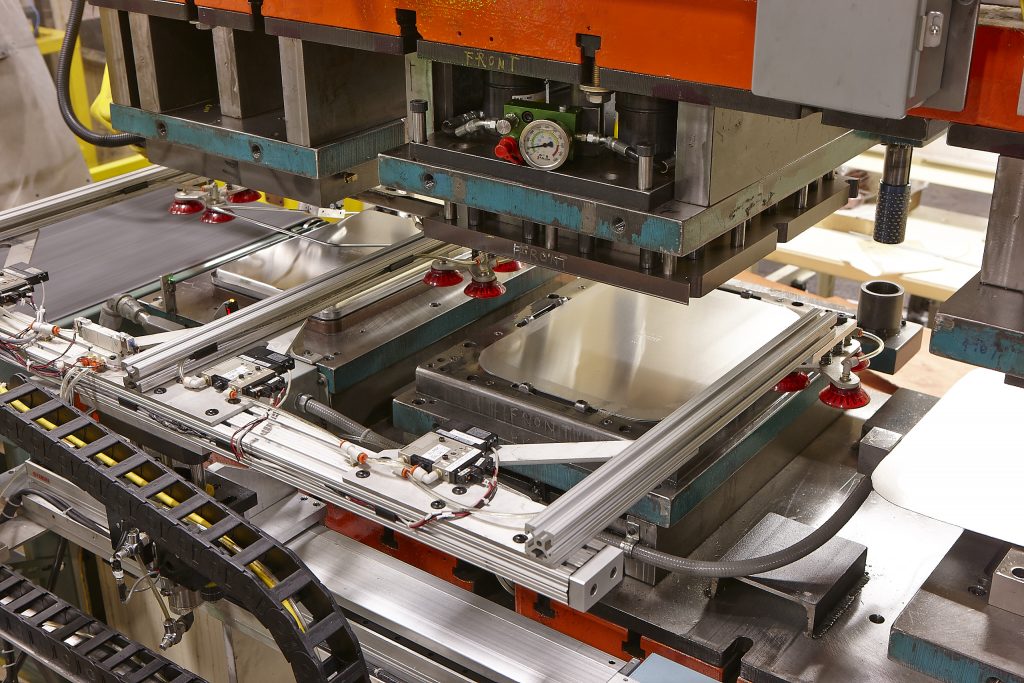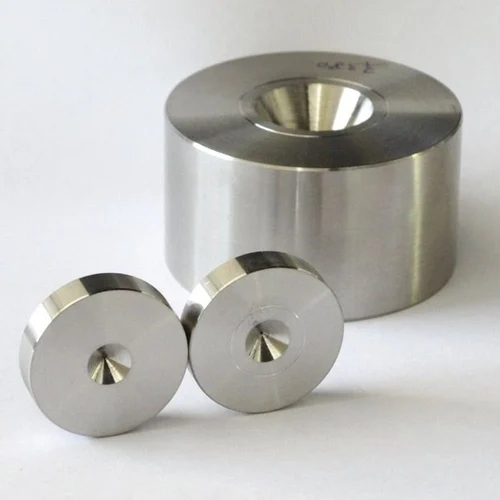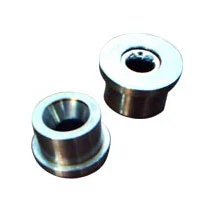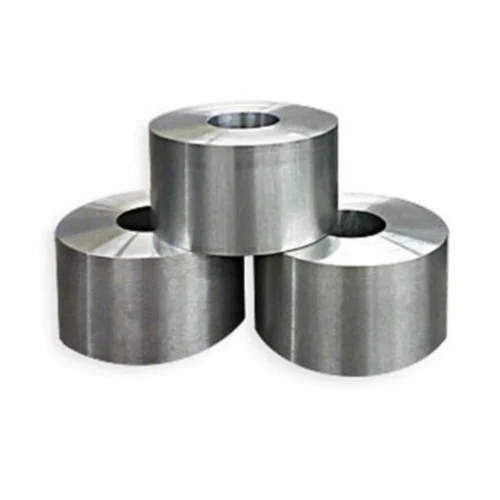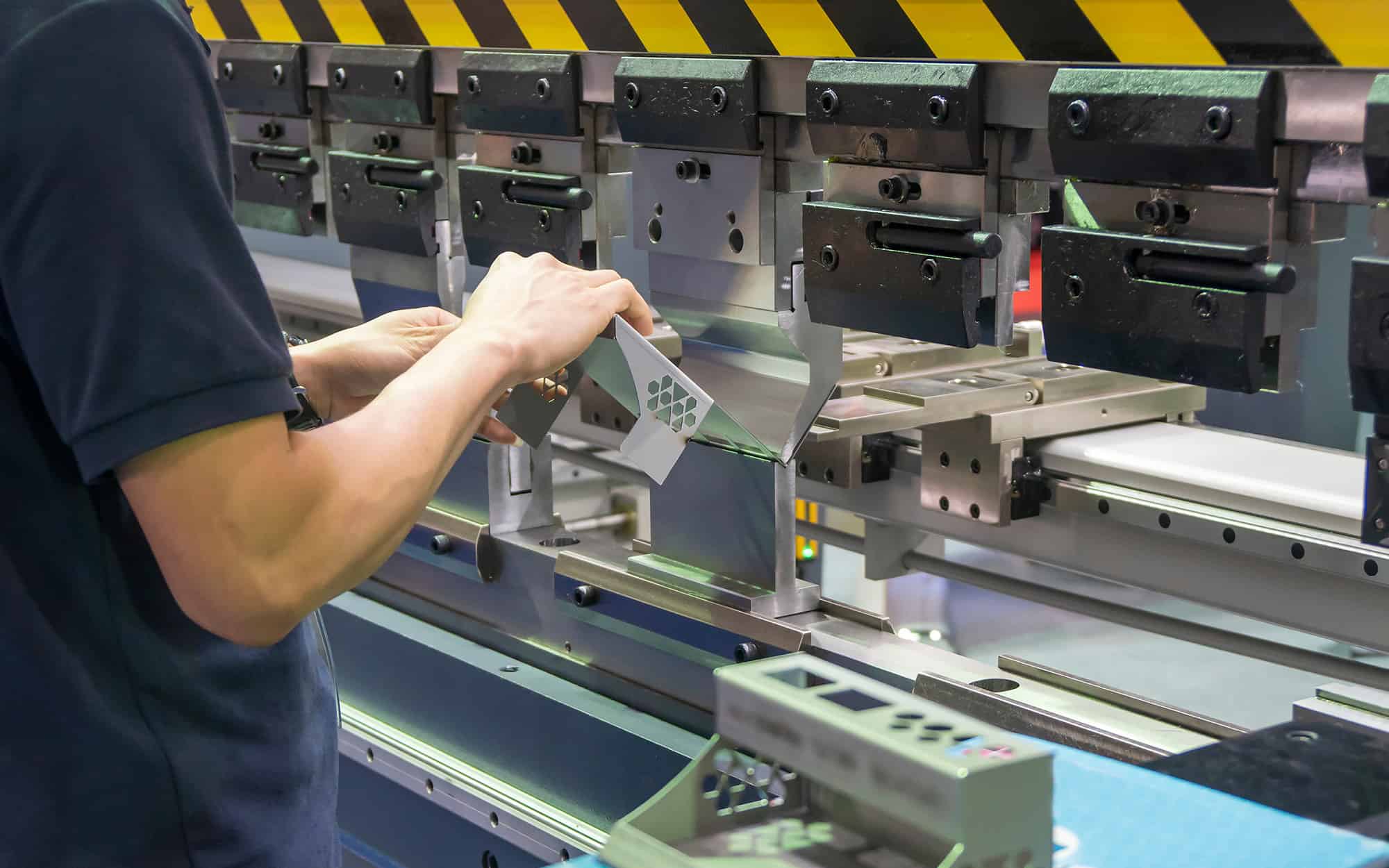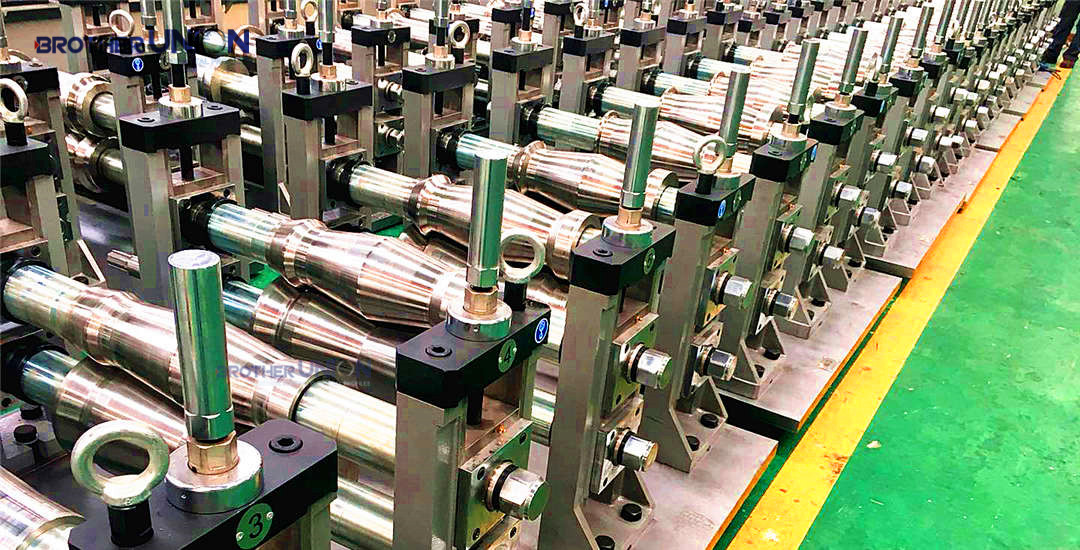
How to Troubleshoot Precision Errors in Forming Dies for Tight-Tolerance Parts?
Troubleshooting precision errors in forming dies for tight-tolerance parts requires a systematic approach that begins with isolating the specific defect and then methodically analyzing the four primary contributing factors: the material properties, the press machine parameters, the die design and condition, and the forming process itself, including lubrication. Successfully diagnosing and rectifying issues like springback, wrinkling, galling, or dimensional inaccuracies hinges on making controlled, data-driven adjustments to one of these areas at a time to restore part conformity and production stability. This guide provides an expert framework for identifying and resolving these complex challenges.


